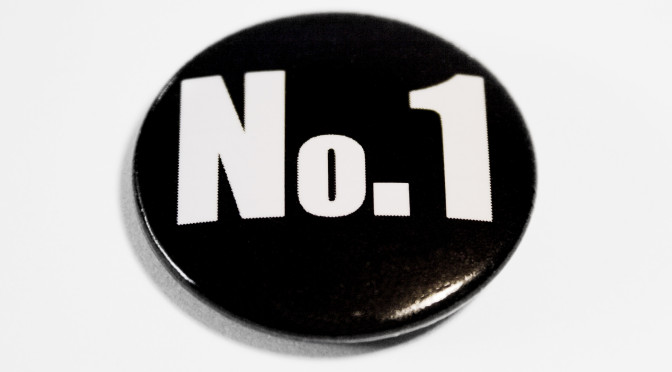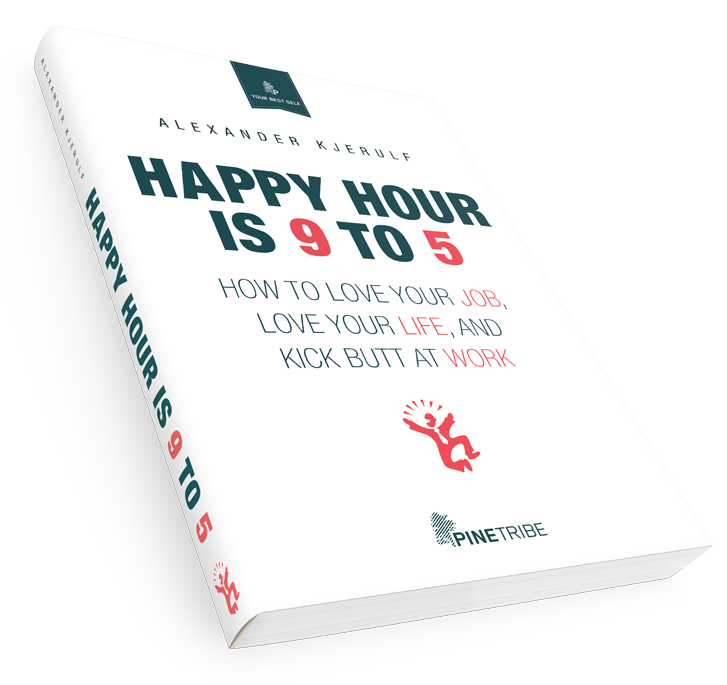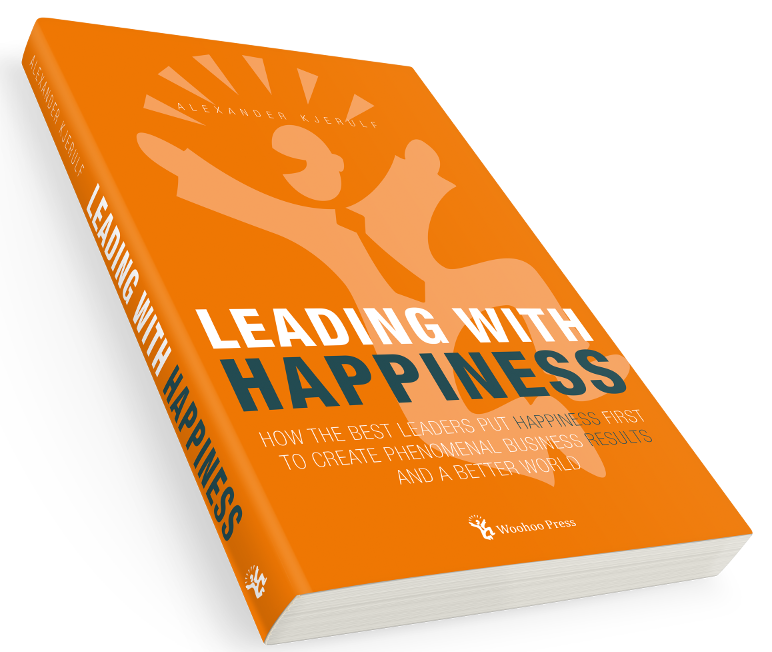The articles on this blog have been viewed more than 10,000,000 times. I can hardly believe it. Here are the 10 most popular of all time.
10: Top 5 reasons why “The Customer is Always Right” is wrong
The phrase “The customer is always right” was originally coined by Harry Gordon Selfridge, the founder of Selfridge’s department store in London in 1909. Ironically it often leads to unhappy employees and bad customer service. Here are the top five reasons why “The customer is always right” is wrong.
9: Ten seeeeeeriously cool workplaces
Physical space matters. It’s easier to be productive, creative and happy at work in a colourful, organic, playful environment than in a grey, linear, boring one. Take a tour of 10 really cool, beautiful workplaces.
8: How NOT to lead geeks
The main reason IT people are unhappy at work is bad relations with management, often because geeks and managers have fundamentally different personalities, professional backgrounds and ambitions. See the top 10 mistakes IT managers make.
7: Secret salaries are a baaaaaad idea
It’s a golden rule in most businesses that salaries must be kept secret. Except for a few heretics, it is almost universally accepted that mayhem would ensue in the workplace if people knew what their co-workers, their managers or – gasp – the CEO was making. Making salaries open inside a company instead seems like a wild idea sure, but it makes a lot of sense and brings advantages for both the workplace and for its people.
6: Top five business maxims that need to go
Much well-known business advice is sadly obsolete but can still be found in articles, business books and, not least, in daily use in the workplace. The worst of these old maxims are not only wrong, they’re bad for people and bad for business. Here’s my pick of the top 5 business maxims in serious need of an update – with a replacement for each.
5: Rewards don’t motivate. No, really, they don’t.
Many people don’t feel motivated at work, and there’s a very simple explanation for this: The motivational techniques used by most managers don’t work.
4: Top ten bad excuses for staying in a job you hate
If you’re unhappy at work, I’m sure that the thought “Man, I really should quit!” crosses your mind occasionally. So why don’t you? Here are 10 of the most common bad excuses for staying in a crappy job.
3: 12 ways to pimp your office
I’m not going to claim that a fancy desk or a weird chair is going to magically improve your creativity and productivity – but I am damn sure, that all that sameness and eternal corporate grayness, does nothing good for your ability to come up with great new ideas. Here are some ways to spruce up a workplace that may actually inject some color and fun into your work environment.
2: Top ten signs you’re unhappy at work
How do you know that you’re unhappy at work? In my work, I talk to a lot of people who are not happy with their jobs. Here are the top ten symptoms of unhappiness at work that I’ve observed. How many apply to you?
1: Don’t let The Cult of Overwork ruin your life
I know it’s normal to view people working constant overtime as heroes of the organization. But still I think they would be more efficient and enjoy life more if they cut down their time at work. They may find that they become more open, less stressed, have more fun AND are better role models for their employees. This cult of overwork has got to stop.














